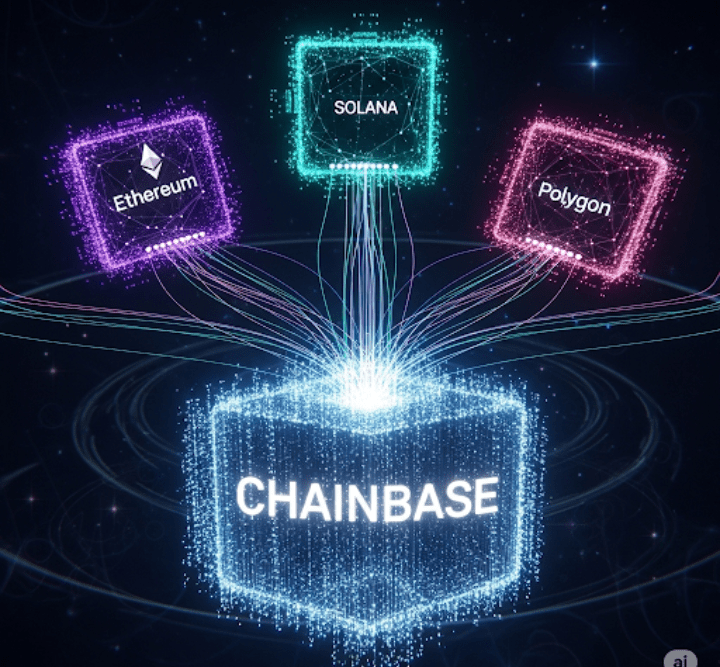Chainbase: Innovative Architecture for the Internet of Things
The Internet of Things (IoT) is rapidly changing our world by connecting billions of devices, from smartwatches to automated factories. However, with this transformation come serious challenges: how to ensure effective, secure, and scalable management of data from such a vast array of heterogeneous devices? This is where Chainbase comes to the rescue with its dual-layer, four-tier modular architecture. This innovative model offers a fresh approach to data integration and processing in the IoT space.
Levels of Chainbase Architecture
Chainbase divides its functionality into four key levels, each performing a unique, critically important role.
1. Data Access Layer
This layer is the first and most important in the system. It is responsible for collecting information from various data sources, such as sensors, cameras, industrial machines, and other IoT devices. Due to its flexibility, the access layer can connect to various types of sources, ensuring versatility and compatibility in the network. This allows Chainbase to work effectively with devices from different manufacturers, which is a significant advantage in the IoT ecosystem.
2. Consensus Layer
After data collection, it is necessary to reconcile the data among all devices to ensure their integrity and authenticity. This task is performed by the consensus layer. It ensures the consistency of data exchange between different devices, which is critical to preventing errors and conflicts. Imagine a smart factory with dozens of temperature sensors; the consensus layer guarantees that all devices 'see' the same and accurate data, allowing for the avoidance of discrepancies and incorrect decisions.
3. Execution Layer
This layer is the 'brain' of the system, where data processing and analysis occur. By utilizing parallel processing, the execution layer can quickly analyze large volumes of information. This allows for the instant detection of anomalous situations, such as equipment failures at a smart factory or anomalies in urban infrastructure operations. Rapid response to such events is key to minimizing damage and ensuring safety.
4. Application Layer
Finally, the application layer is responsible for providing processed data to users and systems. It transforms raw data into useful, meaningful reports, alerts, and decision-making tools. This layer allows developers to create specialized applications for various industries, from smart homes to industrial automation.
Dual-Layer Architecture: The Power of Distributed Systems
The dual-layer nature of Chainbase means that the system is not centralized but rather distributed. This makes it more resilient to failures and cyberattacks, as there is no single point of failure. Each node in the network can operate independently, and data is stored and processed in a decentralized manner, enhancing the security and reliability of the entire system.
The Future of the Internet of Things with Chainbase
Chainbase offers an effective and scalable solution for the complex world of the Internet of Things. Its modular architecture, combining flexibility in data collection, consistency, processing speed, and application access, makes it an ideal tool for building robust and secure IoT ecosystems. With Chainbase, we envision a future where devices are not just connected but also effectively collaborate to create a smarter and safer world.#Chainbase
